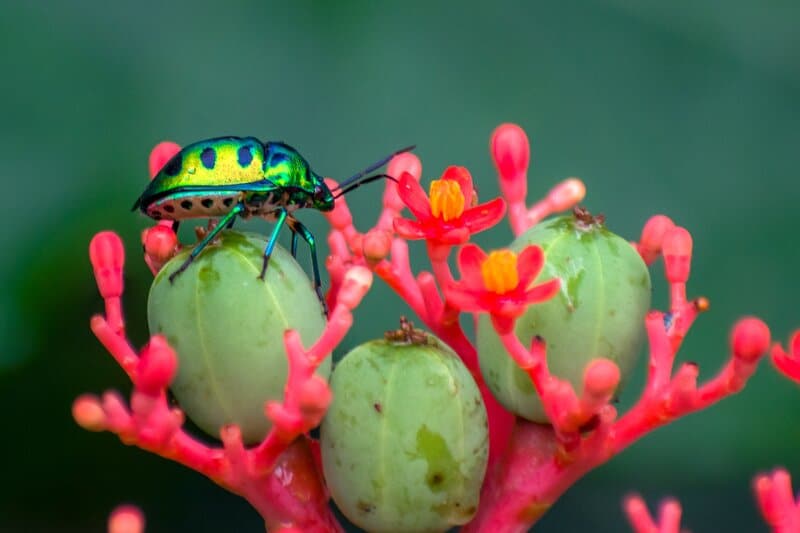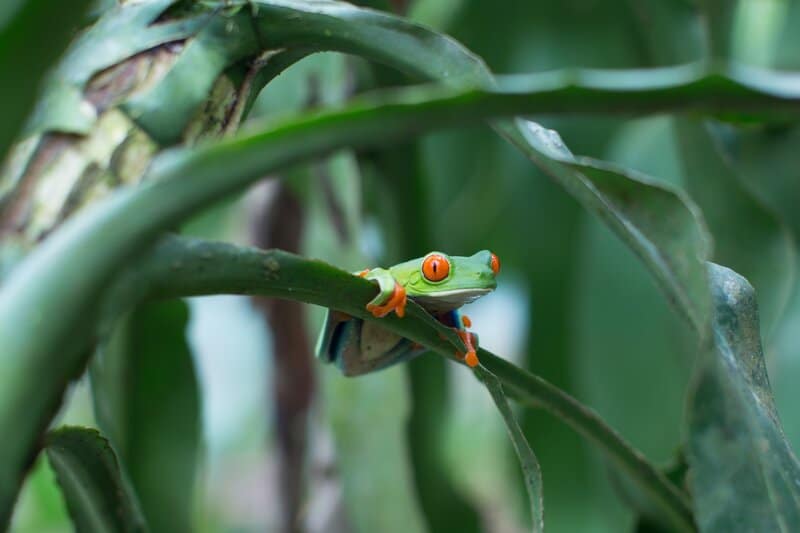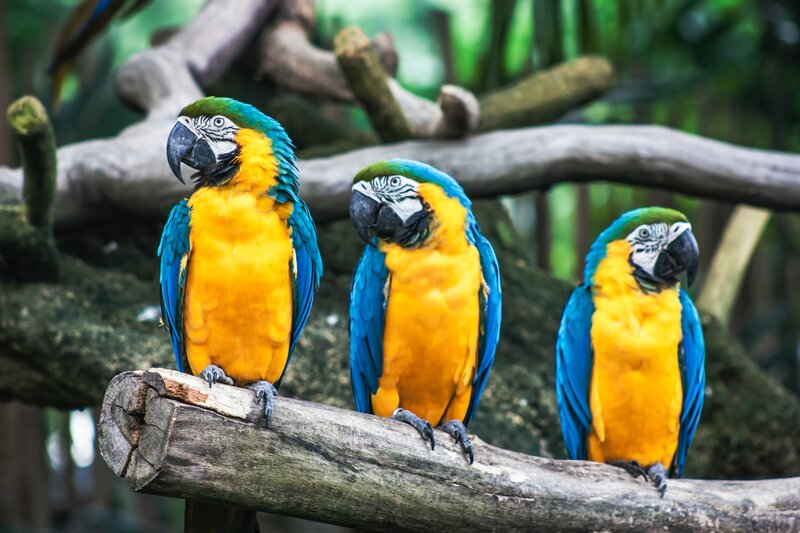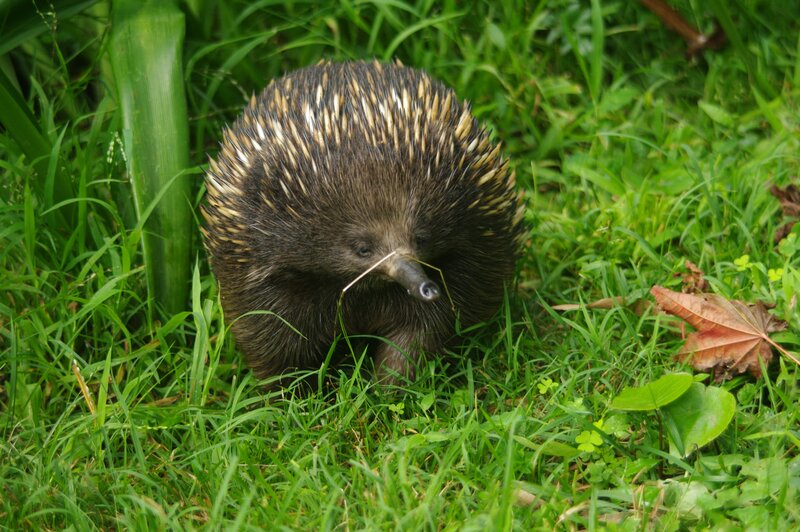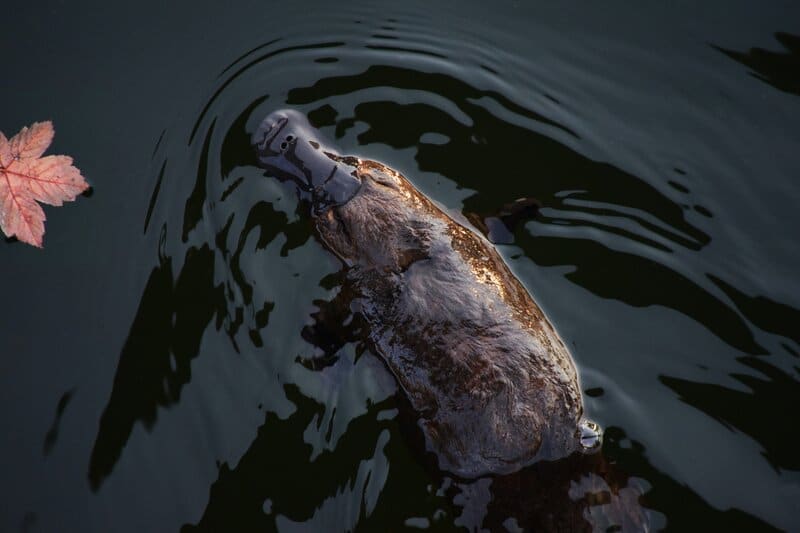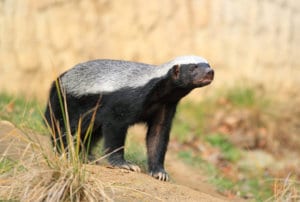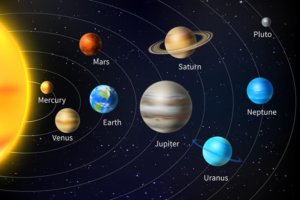Creatures that reproduce by laying eggs show us the development of the offspring in an outer shell, not in the womb. In some species, egg-laying mammals are also present. Creatures that reproduce by laying eggs are separated among themselves. The way the egg is fertilized is a factor that creates this distinction.
As it can be divided into internal and external fertilization, the relationship of the offspring with the mother also contributes to diversity. For example, external development is observed in birds. The incubation process is an example of external development. We have prepared a list of creatures that reproduce by laying eggs for you.
insects
Creatures that reproduce by laying eggs include insects. The vast majority of arthropods, with more than one million species, reproduce by laying eggs. They are in two groups as those that reproduce with a fertilized egg and those that breed with an unfertilized egg.
In those who reproduce with fertilized eggs; The egg is stored in the uterus or sacs of the female at the end of mating.
In those who reproduce with unfertilized eggs; The female lays her unfertilized eggs and fertilization takes place through the male species.
All insect species we encounter in our daily lives reproduce by laying eggs. Fly, ladybug, cockroach, spider , ant species reproduce by laying eggs.
reptiles
Fertilization process in reptiles is divided into diversity in itself. Generally speaking, they reproduce by internal fertilization.
The sperm and egg are fertilized in the female’s body. The formed zygote is transferred out with an outer shell.
If we give an example of these reptiles; crocodile, chameleon, gecko, snake, komodo dragon and turtle breed by laying eggs.
amphibians
Amphibians living both in water and on land also reproduce by laying eggs.
This species also has internal and external fertilization. Especially in salamander species, the variety of spawning varies according to the variety.
Since most of their life is spent in and near water, eggs are laid in water.
Frog, toad and salamander species reproduce by laying eggs.
Fishes
Fish species reproduce by laying eggs. In this species, too, the female lays her eggs, and fertilization takes place when the male deposits the sperm into the eggs.
In seahorses, reproduction takes place in the male’s pouch. In this species, the female lays her eggs in the male’s pouch.
Due to the diversity of fish species, the spawning period differs in some species. However, the vast majority still fertilize the eggs externally.
Shark, seahorse, anchovy, herring, salmon are examples of fish species.
It should be noted that; whales and dolphins are not fish. They are mammals. If we make it even more detailed; They are aquatic mammals. Reproduction takes place in the womb of the female. They give birth and breathe through the lungs.
birds
Internal fertilization and external development are observed in birds. During mating, the male fertilizes the female’s eggs. The female releases her egg after the fertilization process.
These birds, such as penguins, chickens, seagulls, ostrich, and crows, are frequently encountered and reproduce by laying eggs.
Egg Laying Mammals
They are mammals, also called monoliths. In addition to reproduction, the urinary and excretory tract also takes place through this single hole. That’s why they got this name.
They are the representatives of the subclass of primitive mammals that have survived to the present day.
Spiny Anteaters
The anteater female lays one, rarely two or three eggs 3-4 weeks after mating. These eggs are the size of grapes. They are cream colored and soft.
After the female lays her eggs, she immediately puts the egg in the brood pouch. After ten days, the hatchling is naked. The female has udders in her brood sac. The cub lives in this sac for an average of eight weeks. In the future, the spines grow. Thus, it should leave the pouch. After seven months, she stops sucking milk.
Platypus
One of the mammals that reproduce by laying eggs is the platypus.
It is quite a unique creature, with a duck-like beak and a beaver-like tail. The spur on the hind legs of the males is highly venomous.
The platypus lays eggs that are rounder than bird eggs and more like reptile eggs. The female lays two eggs, usually eleven millimeters in diameter. However, it has also been observed that she sometimes lays one or three eggs.
After spawning, the female curls up around the eggs. The incubation process is in three parts.
In the first place, the functional organs of the embryo did not form. It is dependent on the egg sac.
In the second part, fingers and toes are formed. In the third part, the egg female is formed. They hatch after an incubation period of about ten days. The hairless offspring continue to cling to the mother platypus.
The hatchlings are unprotected, naked and blind. They are fed with breast milk. The platypus has breasts. However, there are no nipples. For this reason, milk is secreted from glands located under the skin of the breast. Puppies can drink milk from the troughs that accumulate in the chest.
Information About Animals: The Unknowns of the Animal Kingdom

